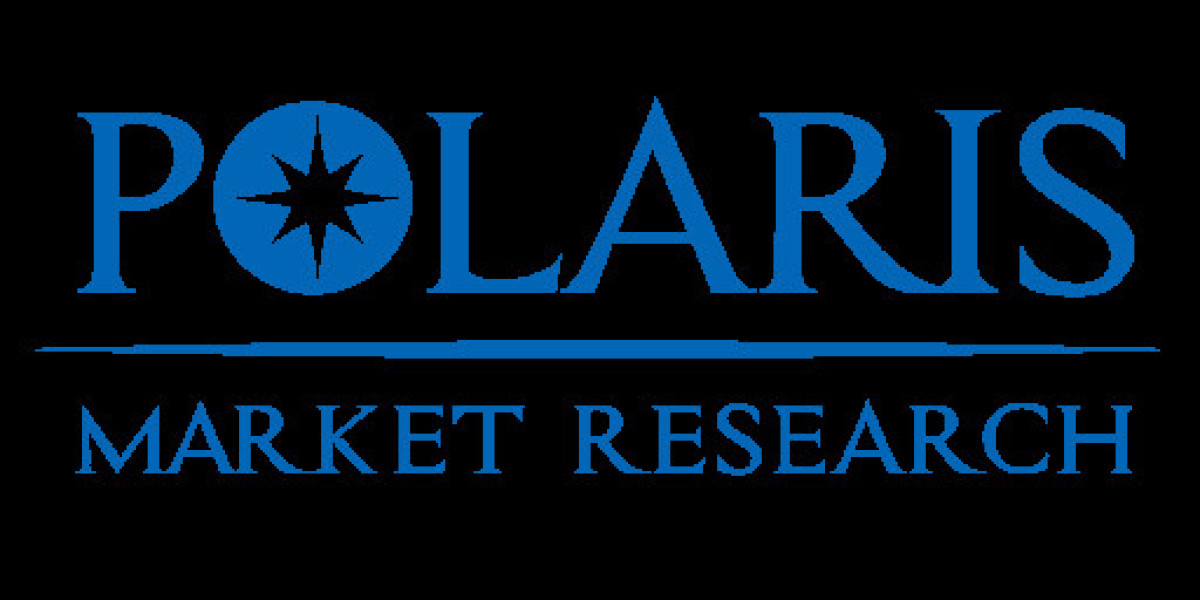The U.S. industrial nitrogen generator market size was valued at USD 1.61 billion in 2024 and is anticipated to register a compound annual growth rate (CAGR) of 5.8 % from 2025 through 2034. That baseline underscores the strategic importance of the U.S. as both a mature demand center and an innovation nexus. Yet when viewed in the context of global regional dynamics, the U.S. story must be juxtaposed with developments in Europe, Asia Pacific, and other geographies to gauge competitive pressures, trade flows, and cross-border supply chains. In North America, the U.S. leads regional adoption with a high density of manufacturing, oil & gas, food & beverage, pharmaceutical, and semiconductor industries—each critical user segments for nitrogen generators. The presence of established gas infrastructure, relatively favorable regulatory regimes for on-site gas generation, and strong incentives to reduce logistics cost underpin adoption. Meanwhile, Canada and Mexico also show pockets of growth, particularly in petrochemical clusters and cross-border industrial corridors, where regional manufacturing trends and just-in-time supply chain models drive local nitrogen generator deployment rather than reliance on delivered gas.
In Europe, the industrial nitrogen generator market is driven by stringent environmental and energy efficiency regulations, as well as industrial decarbonization strategies. Manufacturers in Germany, France, and the U.K. are under pressure to reduce gas delivery emissions, making on-site generation more attractive. However, divergent national energy costs, regulatory treatment of gas generation, and import tariffs on generator components (e.g. membranes, compressors) influence pace of uptake. Cross-border supply chains (for parts, modules, aftersales support) are critical in Europe, and vendors must maintain localized service networks. In Asia Pacific, industrial expansion, rapid fossil fuel utilization in chemical, electronics, and metal fabrication sectors, and infrastructure buildout are creating strong demand for nitrogen generators. Countries like China, South Korea, Japan, India, and Southeast Asia are increasingly adopting on-site systems to minimize logistical risk, import costs, and downtime. However, trade policies—such as import duties on compressor or membrane units, local content mandates, or tariff barriers—push vendors to localize manufacturing of key modules or build regional assembly hubs. Market penetration strategies in APAC often rely on partnerships with domestic industrial gas or engineering firms, local service footprints, and modular design adapted to variable grid power conditions.
Drivers across regions include rising demand for high-purity nitrogen in industrial processes, cost pressures on delivered gas (transport, leak losses), energy efficiency mandates, and the desire for supply resilience. In the U.S., the driver strength is heightened by industrial growth in semiconductors, food packaging, inerting in petrochemicals, and pharmaceutical production. Europe’s driver is regulatory impetus toward lower carbon intensity and energy optimization. In Asia Pacific, rapid industrialization and growing emphasis on “make local” supply chains drive adoption. Restraints vary: in mature markets like U.S. and Europe, capital intensity, operational complexity, maintenance costs, and reliability concerns can slow decisions. In emerging markets, constraints include limited local expertise, variable electricity costs, and shorter customer payback thresholds. Opportunities lie in deploying modular, scalable generator architectures; leveraging cross-border supply chains to optimize parts sourcing; and expanding into adjacent regional markets through regional manufacturing trends (e.g. in ASEAN or Eastern Europe). Trends to monitor include vertical integration of generator vendors with maintenance and service networks, consolidation of small niche generator firms by larger industrial gas players, and adoption of hybrid systems combining membrane + PSA to improve efficiency.
Read More @ https://www.polarismarketresearch.com/industry-analysis/us-industrial-nitrogen-generator-market
In the U.S. region, market penetration strategies focus on bundling service agreements, offering performance guarantees, and integrating remote monitoring and predictive maintenance. The ability to deliver localized service and spare parts is essential. In Europe, customization to national energy tariffs and regulatory compliance (e.g. emissions, insulation rules) is a key lever. In Asia Pacific, bringing scalable product lines that tolerate variable electricity quality and local environment conditions is often foundational to adoption. The cross-border supply chain of compressor cores, membrane modules, and control electronics influences how vendors allocate manufacturing of major subassemblies across regions.
Because only a few large firms have the scale, technical depth, and service network to support multinational execution, the competitive landscape is relatively consolidated. Leading players with strong market hold globally—and thus with capacity to sustain cross-regional deployment—include:
- Atlas Copco AB
- Linde plc
- Air Products and Chemicals, Inc.
- Parker Hannifin Corporation
- Hitachi Industrial Equipment Systems Co., Ltd.
These players operate with multi-regional service networks, regional assembly hubs, and mature cross-border supply chains. They deploy market penetration strategies tailored by region—North America, Europe, Asia Pacific—and sustain dominance by combining technical excellence with disciplined regional adaptation. As the U.S. market scales under an assumed 5.8 % CAGR, the margin premium will accrue to those capable of integrating global reach, regional execution, and efficient supply networks.
More Trending Latest Reports By Polaris Market Research:
Singapore, Malaysia, and China Corporate Secretarial Services Market
North America and Europe Open RAN Market








